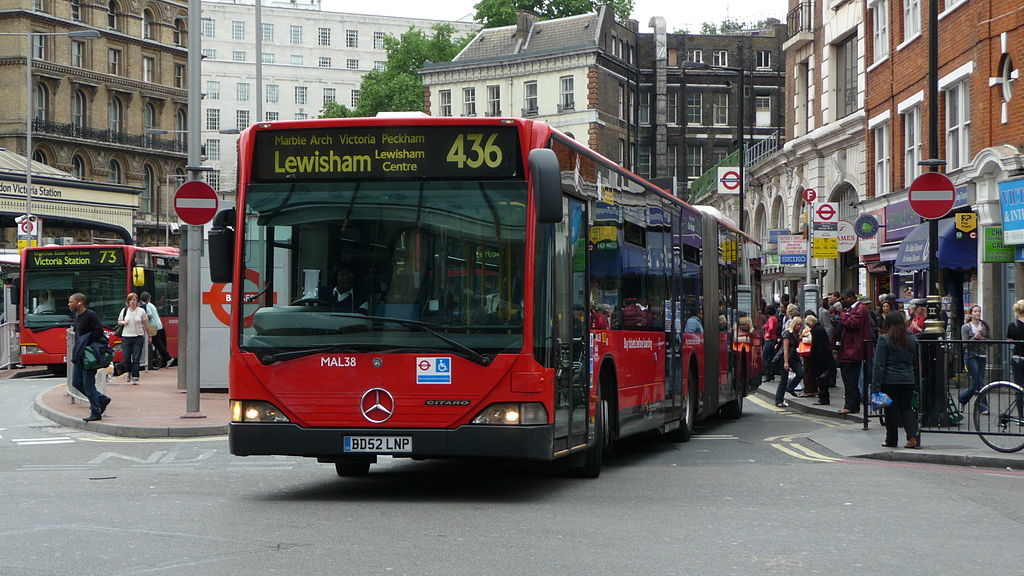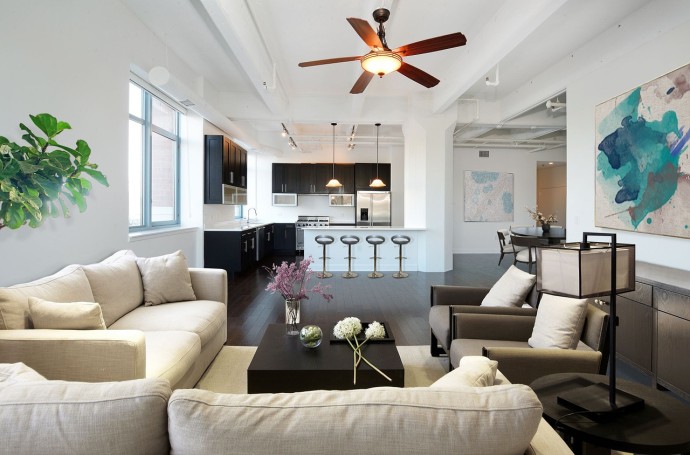
It is a widespread misunderstanding that the residents of prime central London do not contribute anything of value to the local economy. However, premier estate agents, Wetherell, have released a new report which shows that residents do in fact represent a significant support division in the prime central London economy and local neighbourhoods support the leisure, employment, and shopping sectors considerably.
There are currently 2,000 millionaires calling Mayfair home, of which 20 are billionaires, and 200 earn a nine-figure salary. Supporting data in the report provided by Westminster City Council, Dataloft, and EGI reveals that these wealthy residents contribute a generous £2.5 billion to the UK and local economy each year. Findings illustrate that the most supported areas in the local economy by people of the prime neighbourhood are luxury shopping, consultants, and employment. The annual spending review exposes spending of £2,700,000 on Interior Design and Artwork, £644,000 on Clothing, and £325,000 on Staff, at super prime households worth over £15 million, in Mayfair.
NUMBER ONE ADDRESS IN PRIME CENTRAL LONDON
Mayfair has always graced prime central London’s premium addresses and global destination wishlists with its presence. Despite this consistency, the exclusive neighbourhood has appealed to a changing profile of people over the years, with residents of the area getting younger each year. 43 percent of households in Mayfair are currently home to prosperous young couples and singles, with a high level of education. The property market in the district offers a rising number of flats designed specifically for this residential profile, making Mayfair younger by the day.
In addition to younger residents, Mayfair also attracts a broad range of people from around the world, with over 42 nationalities calling the neighbourhood home and over 60 percent of current residents having been born overseas. This ever-changing mix of people attracted to Mayfair is likely to continue changing as time goes on due to the shift in global economy and fortunes cropping up in other locations. Currently, 540 billionaires reside in the US, while 251 are in China and 120 in Germany, according to the Forbes Rich List. There are fewer Russian-speaking billionaires of late, and the Middle East has seen a fall as oil prices decline.
THE EXPANDING PROPERTY MARKET
Mayfair is set to undergo a major transformation this year, with further developments spanning the next five years. W1K has historically been the most expensive address in Mayfair, but with a long list of luxury developments in the pipeline, prices will begin to spread, and sales prices will increase, expanding the most expensive postcode across W1S and W1J.
The current property account in Mayfair consists of 4,348 homes, of which wealthy tenants privately rent 2,173 with an average weekly rental amount of £1,387, homeowners maintain 1,305, and the final 870 are social houses. Of the 1,305 owned properties, five percent are estimated to be worth under £1 million, while 45 are worth over £10 million. The remaining 50 percent are valued between £2 million and £10 million.
If the current property values were not enough evidence of Mayfair’s affluence and exclusivity, the average cost of a flat or house entering the current market is over £1 million and £4.8 million respectively. Despite the Global Financial Crisis, the prime central London property market remained stable, with current house prices higher than before the crisis began in 2007. Mayfair property prices have been growing at a slightly lower rate than the 45 percent last year, at 42 percent, but higher than the latest decade average of 30 percent.
The most recent decade has seen house prices in Mayfair grow by 188 percent, which is a substantial difference to the growth in wider prime central London. The Mayfair property market even outperformed the equity markets, making it the perfect place for investment.
Moving forward, the luxurious district will continue to allure affluent residents, with the ability to provide new properties offering everything that the modern dweller desires. With the demand for luxury living growing and Mayfair in a position to provide advanced technology and exclusive design in its properties, these new homes can reach new price levels, with the most premium developments driving a 100 percent price tag over the current average house price in Mayfair. With that in tow, Mayfair will continue to grow and remain healthy with the local economy supported by its residents.


